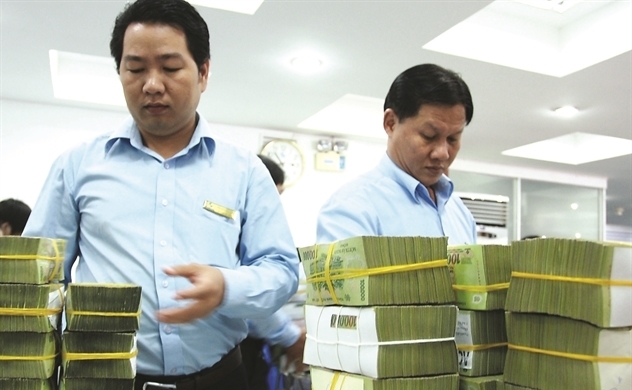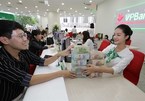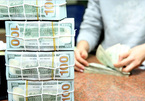Meanwhile, the Chinese yuan has depreciated sharply breaking the ‘red line’ of 7 yuan for 1 US dollar.

The moves of the two largest economies in the world were taken in the context of increased tensions in the US-China trade war, especially after US President Donald Trump announced tariffs on another $300 billion worth of imports from China, while China stated it will stop buying farm produce from the US.
According to Bloomberg, the US Dollar Index, which measures the strength of the greenback in comparison with six major currencies, was at 97.7 points by August 7, which was much higher than the 89.06 points at the beginning of 2018. This shows that the US dollar has appreciated against other currencies.
In response, the central banks of Australia, India and Russia all have cut prime interest rates. Meanwhile, ECB, which now keeps the interest rate at zero percent, has sent a message about the plan to slash the prime interest rate and mentioned the possibility of restarting a quantitative easing program.
| SSI noted that when the yuan/dollar exchange rate broke the 7 yuan for 1 US dollar threshold, the dong also depreciated by 0.24 percent the next day. |
Emerging countries have also been affected by the yuan and the dollar price fluctuations, especially the dong. The official exchange rate announced by the State Bank of Vietnam (SBV) on August 5 rose to VND23,115 per dollar, a record high level.
Meanwhile, SSI noted that when the yuan/dollar exchange rate broke the 7 yuan for 1 US dollar threshold, the dong also depreciated by 0.24 percent the next day.
However, according to SSI, the dong depreciation is still smaller than other countries in the region. Dong value has been stable as it has depreciated by only 0.39 percent since the beginning of the year.
The securities company conmmented that while other central banks rushed to lower prime intereest rates, SBV proceeded moderately.
Macroeconomic indicators show Vietnam’s economy is performing better than last year. According to Bui Quang Tin, a respected economist, though the 6.4 percent GDP growth rate in H1was lower than the same period last year, it is still nearly at a 10-year high. Meanwhile, economic indicators, such as forex reserves, inflation rate, current balance surplus, overseas remittances and FDI disbursement, are better.
Another reason cited to explain the cautious steps taken by the central bank is that Vietnam is on the US watchlist for currency manipulating countries as the surplus in Vietnam-US trade has nearly hit the $20billion threshold and the current balance surplus 2 percent of GDP.
Bao Viet Securities believes that SBV will not let the dong depreciate more than 3 percent.
Kim Chi

VND weakened slightly against the US dollar in H1 2019
The Vietnamese dong has gained some strength against the US dollar in the past month, helped by abundant domestic supply and favourable global conditions.

How will VND/USD exchange rate perform in US-China trade war?
The dong/dollar exchange rate has fluctuated sharply in recent days after the US decided to impose tariff of 25 percent on $200 billion worth of imports from China.
 The US Federal Reserve has cut the FED Funds Rate by 0.25 percentage points to 2.5 percent because of the global economic growth slowdown, the trade tensions between the US and other countries, and low inflation rate.
The US Federal Reserve has cut the FED Funds Rate by 0.25 percentage points to 2.5 percent because of the global economic growth slowdown, the trade tensions between the US and other countries, and low inflation rate.